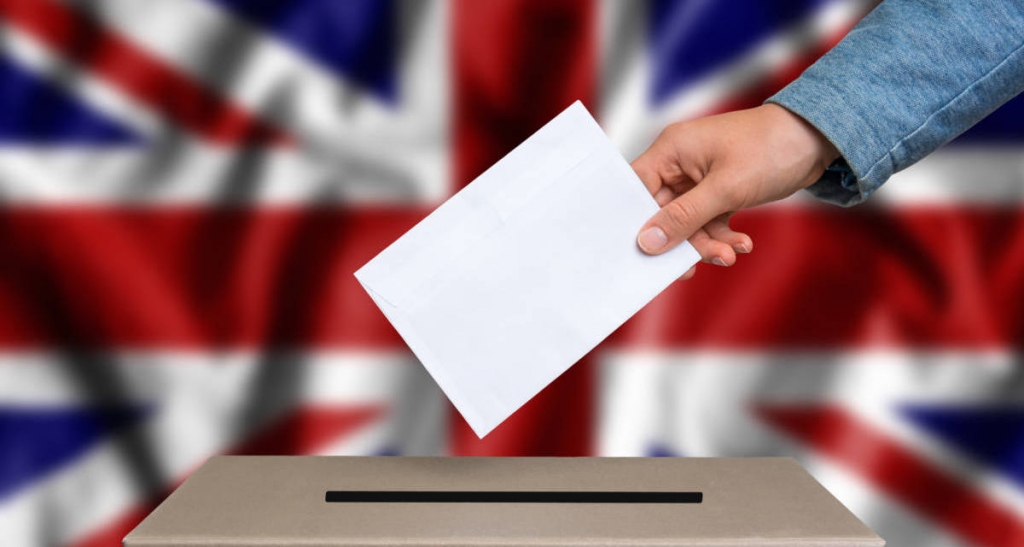Het arrangement History of Britain Chapter 10 is gemaakt met Wikiwijs van Kennisnet. Wikiwijs is hét onderwijsplatform waar je leermiddelen zoekt, maakt en deelt.
- Auteur
- Laatst gewijzigd
- 27-06-2019 15:01:04
- Licentie
-
Dit lesmateriaal is gepubliceerd onder de Creative Commons Naamsvermelding 4.0 Internationale licentie. Dit houdt in dat je onder de voorwaarde van naamsvermelding vrij bent om:
- het werk te delen - te kopiëren, te verspreiden en door te geven via elk medium of bestandsformaat
- het werk te bewerken - te remixen, te veranderen en afgeleide werken te maken
- voor alle doeleinden, inclusief commerciële doeleinden.
Meer informatie over de CC Naamsvermelding 4.0 Internationale licentie.
<a rel="license" href="http://creativecommons.org/licenses/by-sa/4.0/"><img alt="Creative Commons-Licentie" style="border-width:0" src="https://i.creativecommons.org/l/by-sa/4.0/88x31.png" /></a><br />Dit werk valt onder een <a rel="license" href="http://creativecommons.org/licenses/by-sa/4.0/">Creative Commons Naamsvermelding-GelijkDelen 4.0 Internationaal-licentie</a>.
Bronnen
(O'Driscoll, 2017, pp. 98–107) O'Driscoll, J. (2017). Britain: Student's Book: for Learners of English. Oxford, Engeland: OUP Oxford.
Figuur 1 - 19 Apr 2017

Aanvullende informatie over dit lesmateriaal
Van dit lesmateriaal is de volgende aanvullende informatie beschikbaar:
- Eindgebruiker
- leerling/student
- Moeilijkheidsgraad
- gemiddeld

Bronnen
| Bron | Type |
|---|---|
|
Feedback via Google Forms https://docs.google.com/forms/d/e/1FAIpQLSeq27q_yMWW9BGH_HeqScbTntDA7RfZlCPeULSg4wqckQ82wQ/viewform?usp=sf_link |
Link |



